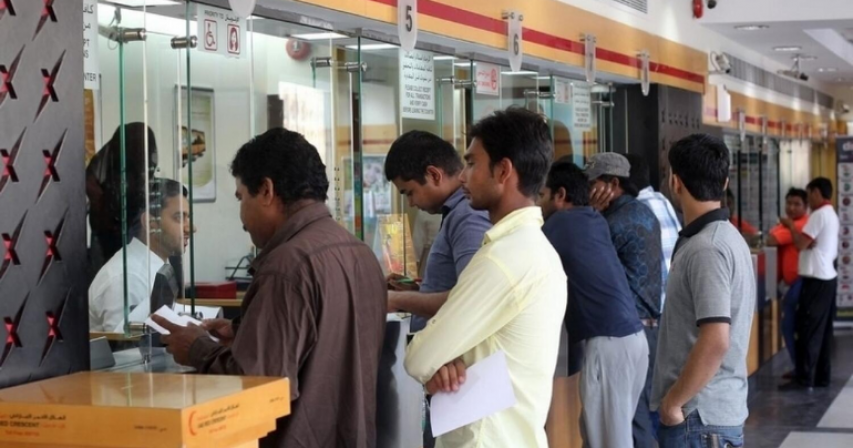Indian rupee ticks higher against dirham in early trade

The Indian rupee saw a slight uptick against the US dollar and the UAE dirham, buoyed by potential dollar inflows despite a broader decline in Asian currencies amid rising US bond yields. At 10.15am, the rupee was trading at 83.49 against the dollar (22.75 against the dirham), a modest improvement from its previous close at 83.5175 (22.76).
While the dollar index held steady at 105.5, many Asian currencies experienced declines, with the Korean won leading the losses with a 0.3 per cent drop. This trend occurred as the 10-year US Treasury yield climbed above 4.5 per cent during Asian trading hours, following a slight increase on the previous day.
Market observers noted some mild inflows supporting the rupee. However, concerns about substantial dollar buying at current levels tempered expectations of a significant rise above 83.40. Importers, including local oil companies, continued to demand dollars, maintaining pressure on the rupee. Additionally, anticipation of potential central bank intervention kept traders cautious about pushing the currency towards its record low.
Despite these challenges, India's strong economic fundamentals and ample foreign exchange reserves provided a safety net, allowing the Reserve Bank of India (RBI) to counter downward pressure on the rupee. Amit Pabari, managing director at FX advisory firm CR Forex, emphasized the RBI's ability to address rupee depreciation.
Meanwhile, Susan Collins, president of the Federal Reserve Bank of Boston, commented on the US economic outlook. She noted that recent robust economic activity data and persistent inflation levels indicate the need to maintain current policy settings until there is more confidence that inflation is on a sustainable path towards the Fed's target of 2 per cent.
Looking ahead, investors awaited the release of US jobless claims data later in the day to gauge the health of the labor market. This data release follows last week's report, which showed that employers added fewer jobs than anticipated in April, prompting interest in further insights into employment trends.
By: Sahiba Suri





Comments